Some people dream, some don’t, or at least they don’t remember doing so.
But do dreams mean anything? Well, while people are convinced dreams are a form of messages received by forces we are unable to see or feel while wide awake, some scientists claim that dreams are simply a result of neuronal processes taking place within our brain.
While we are asleep, our brains are anything but.
Sometimes, dreams happen as a reflection of the day that passed, and other times they represent our fears. But what does it mean when we dream of a deceased person?
These dreams can be seen as part of the process of grieving or a transition that takes place in our own life. According to Healthline, it has to do with the latter.

These dreams are common when we experience certain changes, such as getting a new job, moving places, or meeting someone new.
What is most important than the dream itself, however, is how it make us feel.
Rubin Naiman, who has a Ph.D. in psychology, spent years of his life studying sleep patterns and habits. According to him, “Dream interpretation is about decoding the dream. It enlightens us and expands our awareness psychologically, [offering an] expansion of consciousness.”
So, dreaming of someone who is no longer alive may be related to the changes mentioned above and how those changes affect us.
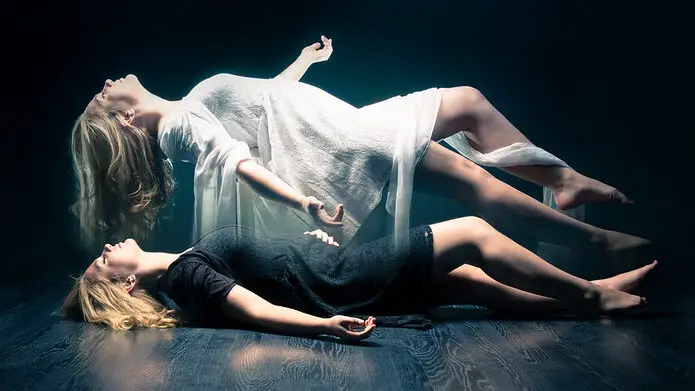
”A lot of contemporary neuroscientists believe during REM sleep, the brain is involved in maintenance tasks, and it accidentally ‘kicks up dust,’ visually. At that end, dreaming is considered totally meaningless.” On the other hand he explains, “The other end is that dreaming is more substantial than waking. And we see this in ‘dream cultures,’ such as the indigenous people of Australia, who believe dreaming is intrinsic to our spiritual existence.”
Experts place these dreams into four categories.
- First, dreaming of a deceased person may be interpreted as the brain trying to work through the pain of the loss.
- If we hadn’t made amends with the deceased person before their passing, we may feel guilt and that might be the reason why they visit us in our dreams.
- According to Lauri Loewenberg, a dream analyst, we may be dreaming of a deceased person if we see some of their behaviors, such as substance abuse or else, in ourselves.
- There are experts who believe that these dreams represent a visitation from the deceased person, especially if we see them in a good condition in our dream, meaning they are well dressed or seem happy. If we feel good about the dream, it may mean that the deceased person says ‘Hello.’

No matter what we feel about dreams, the truth is that they offer something deep and meaningful. They often give us insight into the soul and our connection with the deceased person that we see in our dreams.
She made waves in Hollywood with her blond hair & blue eyes, but look at her now

Kathleen Turner rose to fame in the 1980s as a result of her strength and beauty; many consider her to be one of Hollywood’s most beautiful actors.
Over the years, the actress has faced numerous challenging and favorable situations, and her perseverance has carried her through them both.Kathleen Turner was raised in a home with four other children, despite her difficult past.
She and her siblings were raised in both Venezuela and London. When she was a little girl, she tragically witnessed her father’s sudden death when he was mowing the lawn of their Hampstead house.
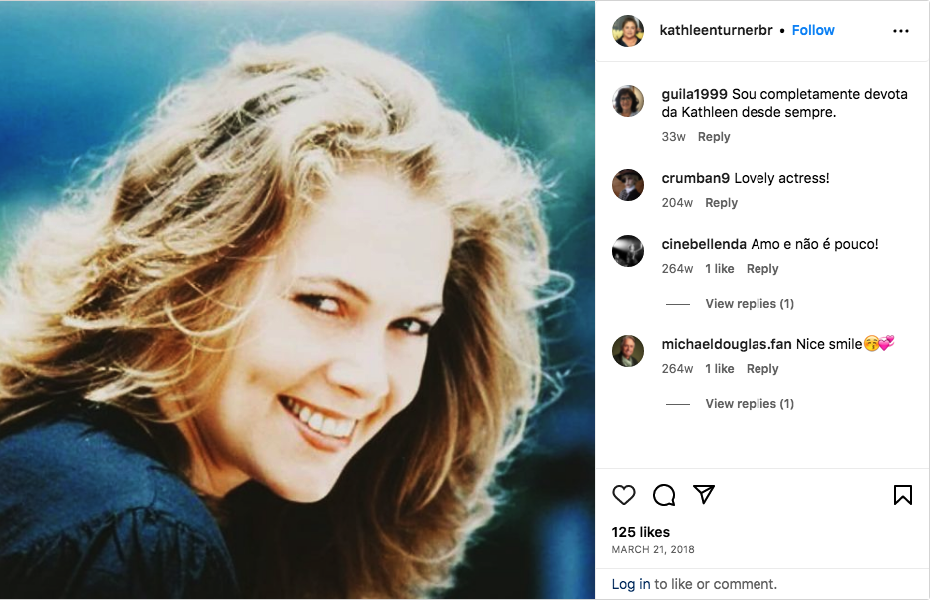
A month following his passing, the foreign service ejected Kathleen and her family from the United Kingdom. In Springfield, Missouri, where everyone was still grieving for their father and their previous home, Turner relocated her family.
Finally, Tuner felt at peace after moving to New York to pursue an adult acting career. Her major break came when she was hired as the femme fatale in the 1981 film “Body Heat,” despite her success on stage.
Turner was offered the opportunity to co-star with Michael Douglas in the well-known “Romancing the Stone” three years after sharing the screen with William Hurt. During filming, Douglas was going through a difficult divorce from his wife Diandra, and he started to feel a connection with Turner.
We were intensely flirting and exchanging intense, yearning glances as we were falling in love. Kathleen remarked, “Then Diandra came down and reminded me he was still married.”
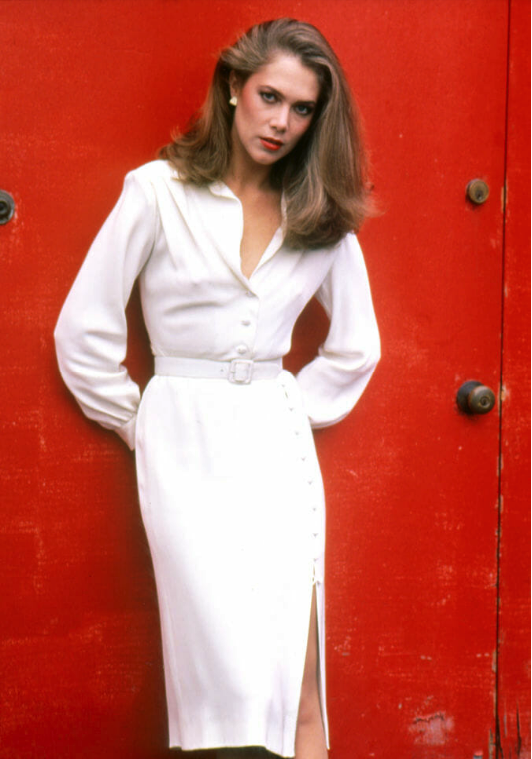
In the end, she wed Jay Weiss, the movie’s real estate developer, in 1984. Soon after, the couple welcomed their only daughter together. October 14, 1987, was Rachel Ann Weiss’s birthday.
Regretfully, when the couple started parenting their daughter, their relationship started to fall apart.
“I would demand extended weekends or additional passes from the film studios so that my spouse and daughter could visit me. However, I felt bad since there was a feeling in the marriage that all the work was on his end. It terminated for a few reasons, including that. I began to experience extreme oppression. Kathleen said, “I thought, ‘Hang on a minute, you’ve done very well out of being married to me also.’”
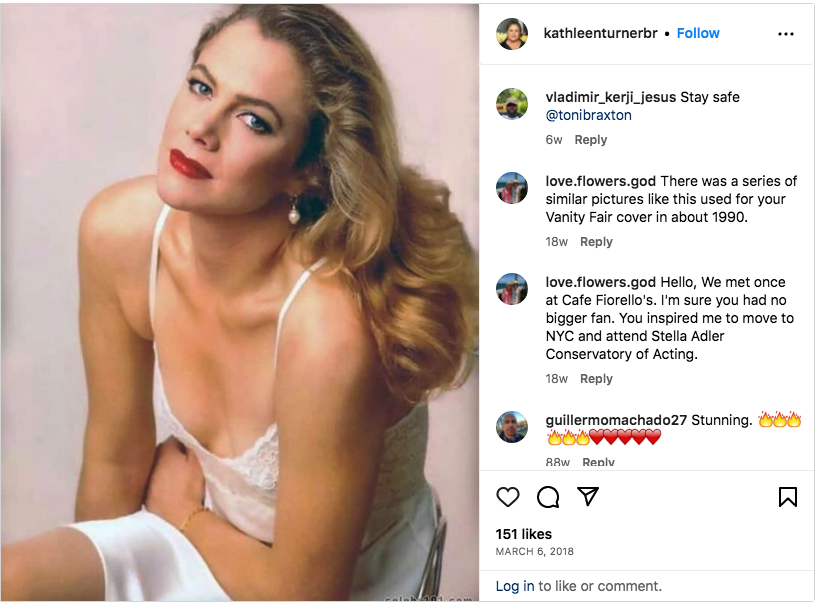
When Turner played Martha in the 2005 Broadway production of “Who’s Afraid of Virginia Woolf?” their marital problems came to a head. Turner became incredibly busy performing in eight shows a week, and it seemed Weiss didn’t want to spend any time with her at home.
During that time, Turner was nominated for a Tony Award for her portrayal of Martha, and the two got along well.
The actress was nominated for an Oscar in 1987 for her role in “Peggy Sue Got Married.” She went on to produce several films in the 1980s, including three blockbusters starring Michael Douglas.
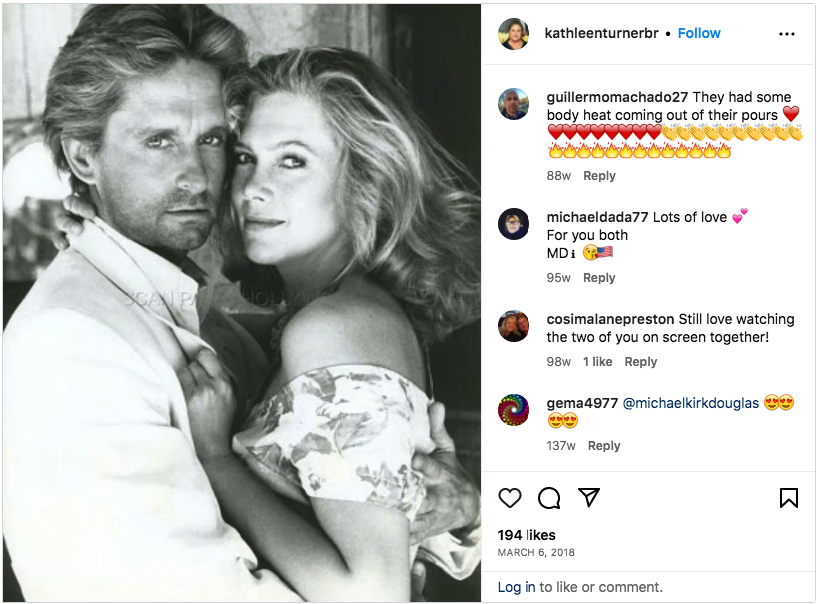
But in the 1990s, Kathleen experienced a medical setback when her neck locked, making it impossible for her to turn her head. Additionally, the swelling in her hands prevented her from using them.
Kathleen stated, “It was crippling.” When something is gone, even for a little while, you stop taking it for granted. What I took for granted was my athleticism, my capacity for forceful movement, and my freedom to move however I pleased. I had a genuine identity crisis when I lost that: “Who am I if I can’t do this?”
She was diagnosed with rheumatoid arthritis, which is characterized by swelling of the lining of our joints, and this was the tragic reason for her circumstances. Managing chronic pain caused by this illness can be difficult.
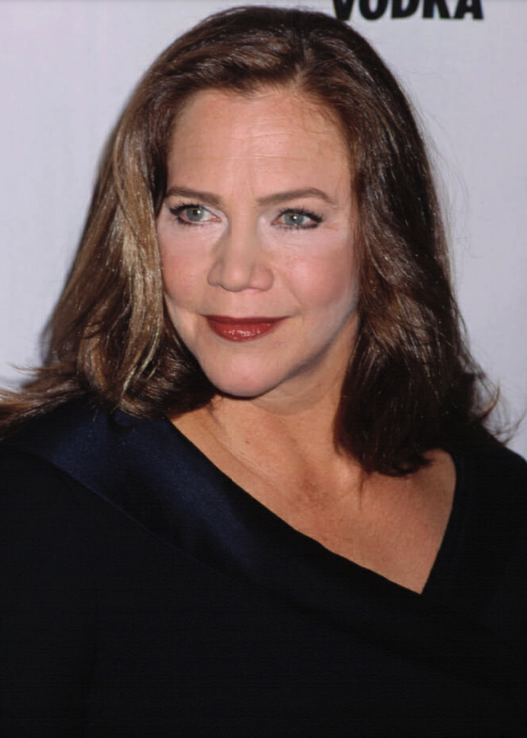
Kathleen remarked, “When it was first diagnosed, I was terrified because they said I’d be in a wheelchair.” “I reasoned that I couldn’t act if I couldn’t move. Not everything I want to do is act. I was destined for this. It’s present throughout my entire life. The most terrifying aspect was the thought of not being able to accomplish it, together with the ongoing discomfort.
Kathleen took drugs and alcohol to ease her pain. Her habit of drinking vodka led her to faint during dress rehearsals for plays such as the 2002 stage version of “The Graduate,” even if they made her job simpler.
The actress really checked herself into rehab after the show concluded, and it was found that she was not an alcoholic. Instead, she was told to just remember to take more notes on when she took her medications and any unfavorable side effects.
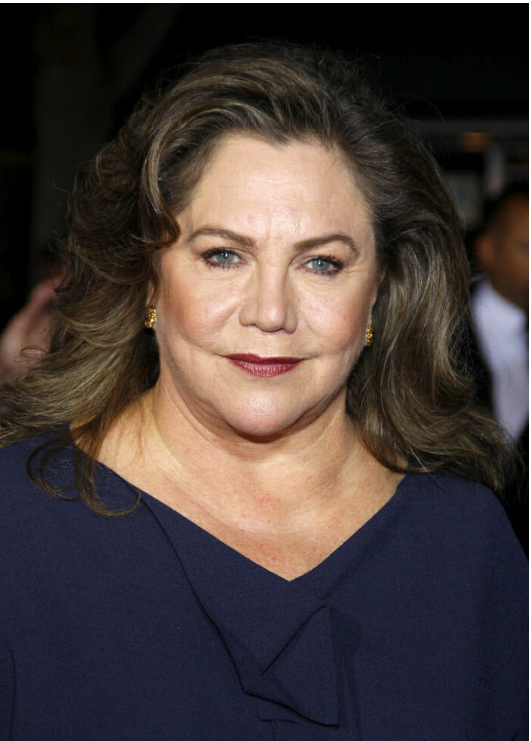
The actress now does pilates and yoga to help her stay flexible and manage her discomfort.
The famous person began to focus more intently on her career in theater while also improving her pain management. As she grew older, she largely returned to her roots, even taking the lead in a stage production of “Cat on a Hot Tin Roof” in her forties, even though she still worked sometimes in film and television.
“It was a little foresight on my part of which I am justly proud, because I knew that the better roles as I got older would be in theatre, which is absolutely true,” Kathleen remarked.
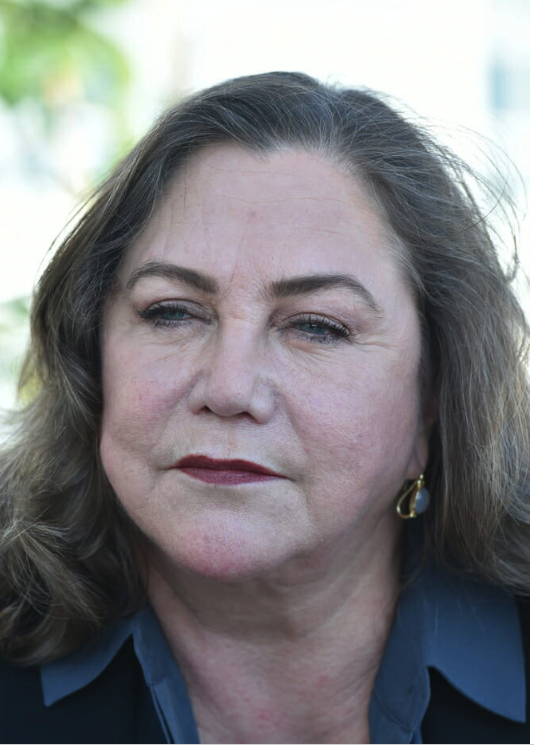
By focusing on the theater, the actress has had more time to pursue her passions, which include working for Planned Parenthood of America and volunteering for Amnesty International.
For most of her life, Turner has been an ardent feminist who has devoted her life to helping other women. Gloria Feldt’s 2008 biography of the actress, Send Yourself Roses, captures her thoughts perfectly.
As women, we are the first generation to achieve financial independence. Women are returning to the workforce, stated Kathleen. They’re redefining who they are. I believed I could contribute to that, even more. It therefore contains a great deal of philosophy as well as my personal beliefs.
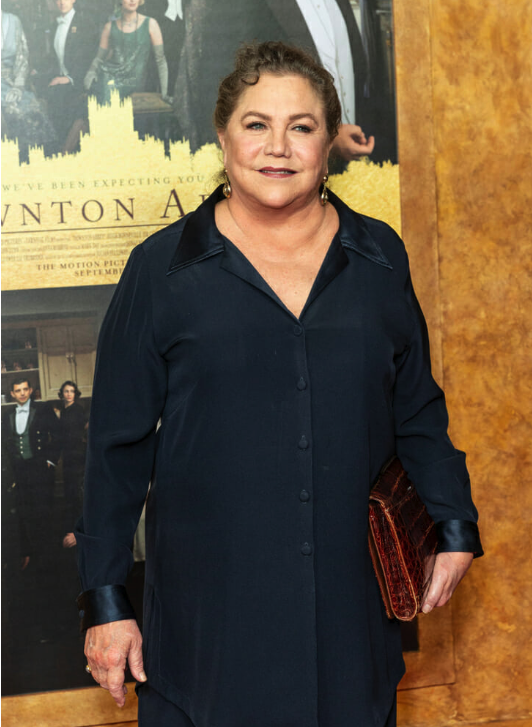
What are your thoughts on Kathleen Turner’s difficult yet fruitful journey? Tell us in the comments below!

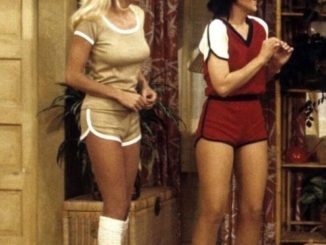

Leave a Reply